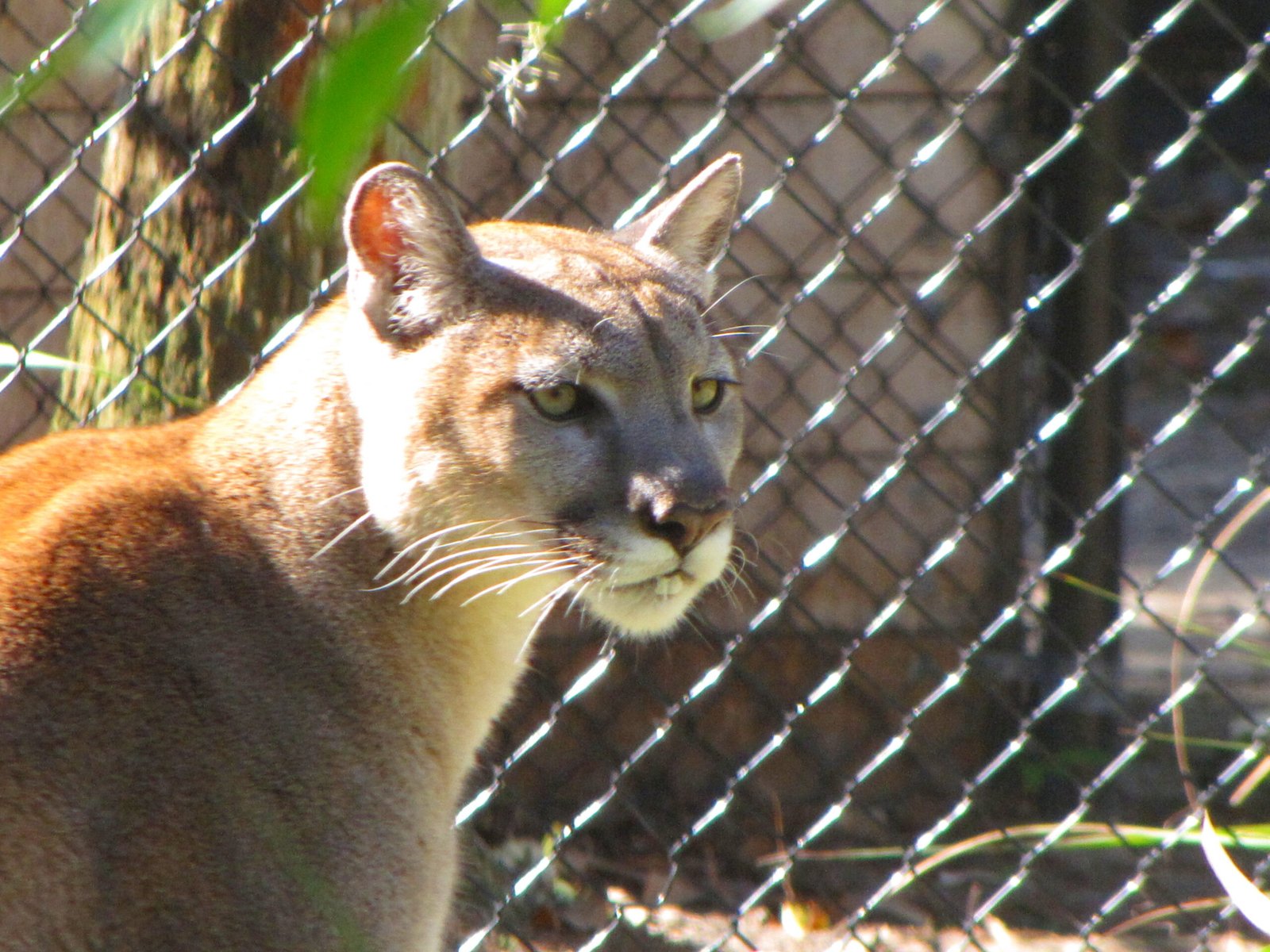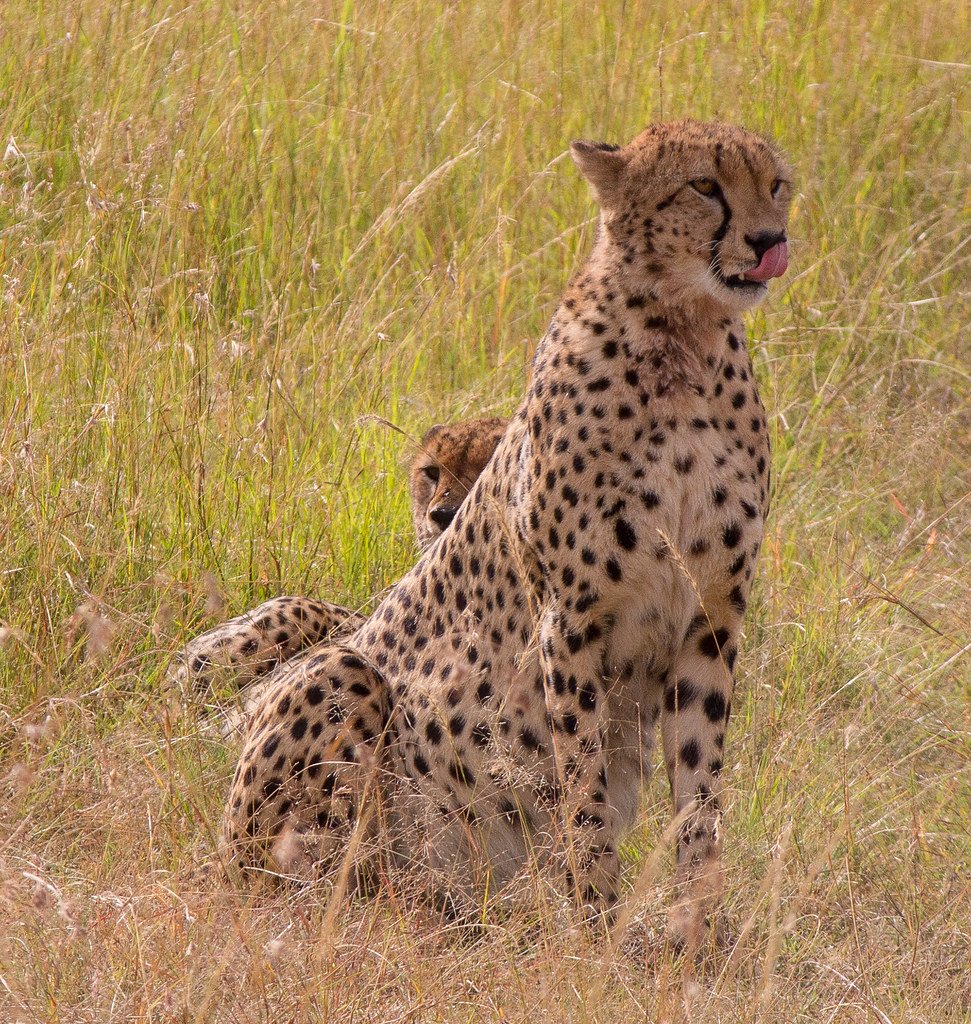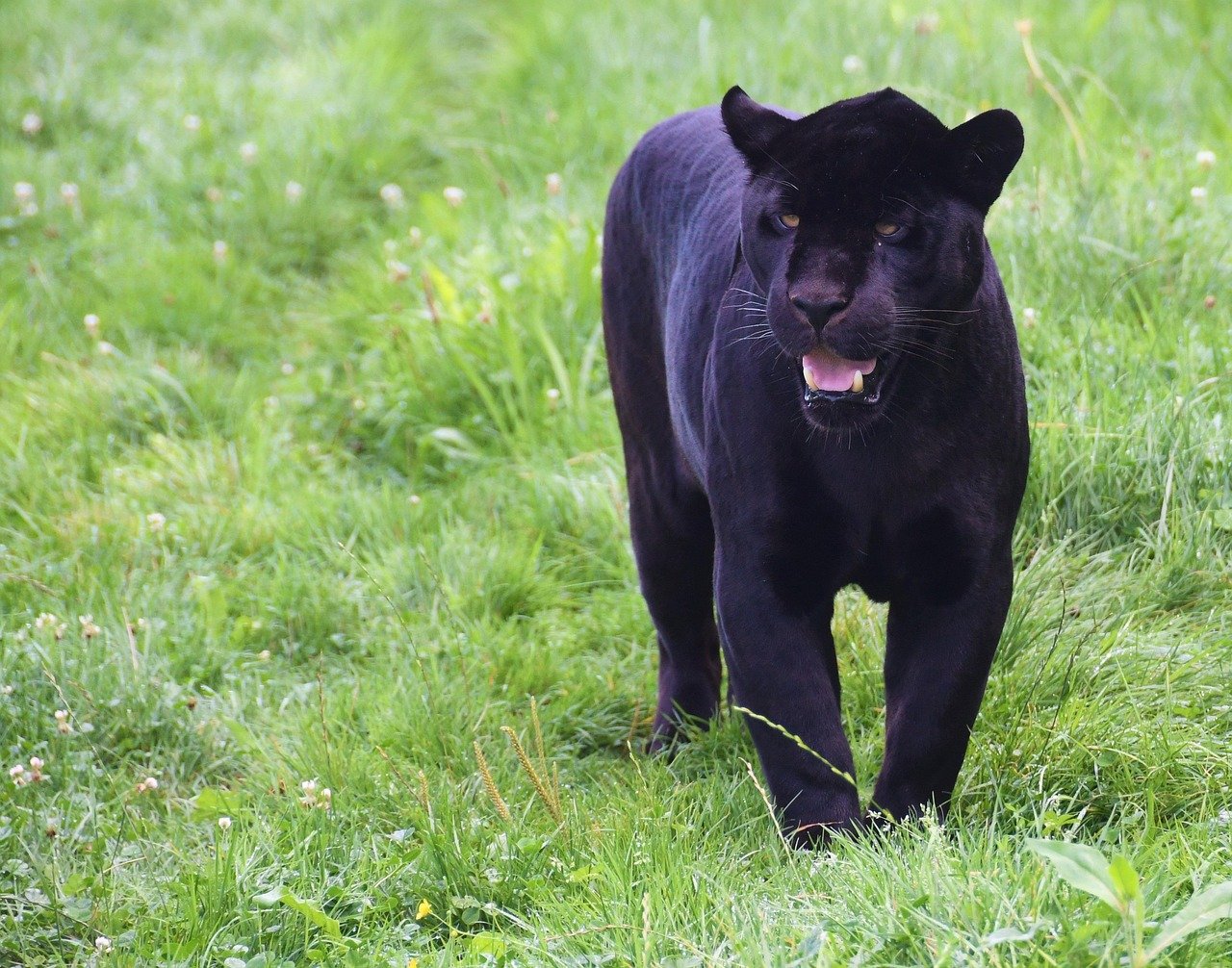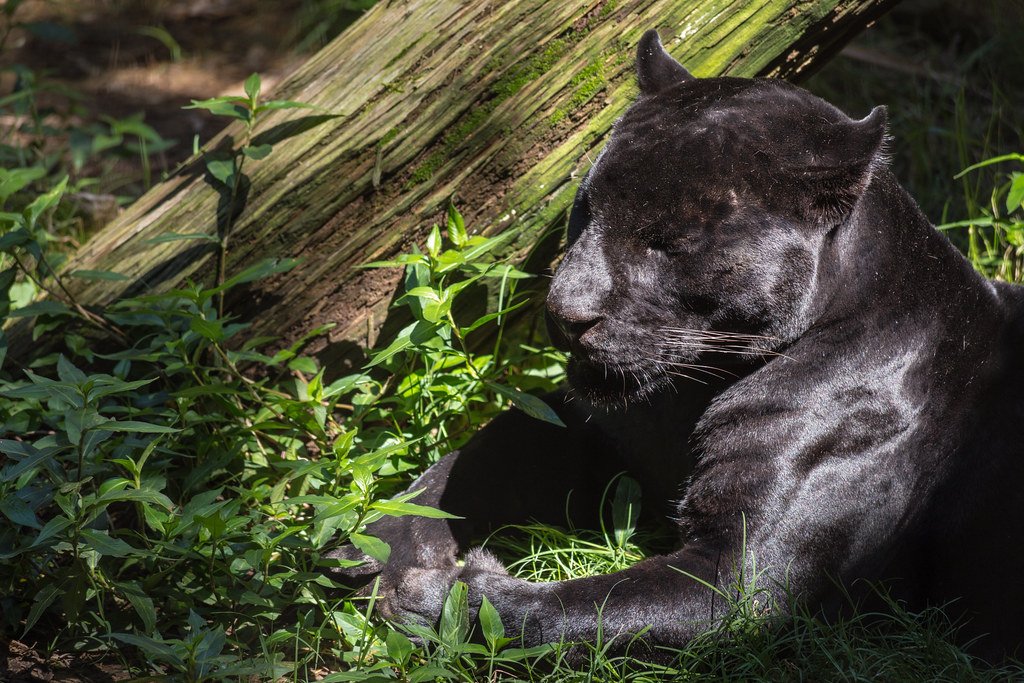Florida’s Everglades National Park — The Last Stand of the Florida Panther

Did you know that fewer than 200 Florida panthers remain in the wild? This massive wetland ecosystem serves as their final sanctuary, where these elusive cats roam through sawgrass prairies and cypress swamps. Early morning and late evening hours offer your best chances of spotting one crossing the park’s remote trails. The Florida panther is actually a subspecies of cougar, not a true panther, but locals have called them panthers for generations. Park rangers report increased sightings near the Anhinga Trail during cooler months. These magnificent predators can leap 15 feet vertically and run up to 35 miles per hour when hunting.
Sundarbans Mangrove Forest — Where Black Panthers Rule the Tides

The world’s largest mangrove forest harbors one of nature’s most mysterious creatures: the melanistic leopard, commonly known as the black panther. These swimming cats have adapted to hunt in tidal waters, something most big cats would never attempt. Local fishermen whisper stories of panthers silently gliding between mangrove roots at dawn, their black coats making them nearly invisible in the shadowy waterways. The Sundarbans spans across Bangladesh and India, creating a unique ecosystem where panthers have learned to climb trees to escape flooding tides. Scientists estimate only 100-120 leopards, including several black morphs, survive in this challenging environment.
Amazon Rainforest Basin — Jaguars in Their Midnight Form

Deep in the Amazon, black jaguars prowl through the world’s most biodiverse jungle with an almost supernatural presence. These melanistic jaguars, often called black panthers, possess the strongest bite force of any big cat – powerful enough to crush turtle shells and caiman skulls. Indigenous communities consider black jaguar sightings as spiritual omens, believing they bridge the world of the living and the dead. Remote research stations near the Mamirauá Sustainable Development Reserve report the highest concentration of melanistic jaguars in South America. The dense canopy creates perfect hunting conditions for these shadow-like predators, who can remain completely silent while stalking prey through the undergrowth.
Kabini Forest Reserve, India — Leopard Paradise After Dark

This Karnataka wildlife sanctuary has become legendary among photographers for its incredible concentration of black panthers. Kabini’s unique geography creates the perfect storm for melanistic leopards – dense forests, abundant prey, and minimal human interference. The famous black panther “Saaya” has been photographed here countless times, becoming something of a celebrity among wildlife enthusiasts. Evening safari drives offer the most promising opportunities, as these nocturnal hunters emerge from daytime hiding spots. Local guides claim the region’s high melanin frequency might be linked to the area’s specific genetic isolation over centuries.
Great Smoky Mountains — America’s Most Unlikely Panther Territory

Mountain communities across Tennessee and North Carolina continue reporting panther sightings despite official claims that no breeding population exists. These mysterious cats, possibly escaped captives or transient cougars, have sparked decades of debate among wildlife biologists. Trail cameras occasionally capture shadowy figures that match panther characteristics, fueling local legends and tourist curiosity. The dense Appalachian forests provide perfect cover for any large predator attempting to remain hidden from human detection. Whether these sightings represent genuine wild populations or something else entirely remains one of America’s most intriguing wildlife mysteries.
Sabi Sands Game Reserve — Africa’s Premier Panther Photography Destination

Adjacent to Kruger National Park, this private reserve offers unparalleled access to Africa’s most elusive black leopards. The unfenced border allows animals to roam freely between protected areas, creating optimal conditions for rare genetic variations like melanism to flourish. Professional guides use radio tracking and decades of local knowledge to predict panther movements with remarkable accuracy. Luxury lodges here have recorded some of the most stunning black panther footage ever captured, making it a bucket-list destination for wildlife photographers. The reserve’s exclusive vehicle quotas mean fewer crowds and more intimate wildlife encounters than typical safari destinations.
Costa Rica’s Corcovado National Park — Central America’s Hidden Panther Haven

This pristine rainforest on the Osa Peninsula shelters one of Central America’s most secretive panther populations. Jaguars here display higher rates of melanism than anywhere else in their northern range, possibly due to the area’s isolated genetics and dense forest habitat. The park’s remote location requires serious commitment to reach, but rewards visitors with virtually untouched wilderness where panthers hunt exactly as they have for millennia. Local researchers have documented fascinating behavioral adaptations, including panthers that have learned to hunt sloths and monkeys in the forest canopy. Night sounds in Corcovado often include the distinctive sawing call of jaguars, sending chills down every camper’s spine.
Which of These Shadow Hunters Would You Brave the Wilderness to Encounter?

Each location offers a unique window into the secret lives of these magnificent predators, but remember that panther encounters require patience, respect, and often a bit of luck. The thrill of potentially spotting one of nature’s most elusive hunters makes every moment in these wild places electric with possibility. Whether you’re drawn to Florida’s swamps, India’s forests, or the Amazon’s depths, these cats continue to captivate our imagination like no other predator. What draws us so powerfully to these shadow-dwellers that seem to exist between myth and reality?
Hi, I’m Bola, a passionate writer and creative strategist with a knack for crafting compelling content that educates, inspires, and connects. Over the years, I’ve honed my skills across various writing fields, including content creation, copywriting, online course development, and video scriptwriting.
When I’m not at my desk, you’ll find me exploring new ideas, reading books, or brainstorming creative ways to solve challenges. I believe that words have the power to transform, and I’m here to help you leverage that power for success.
Thanks for stopping by, Keep coming to this website to checkout new articles form me. You’d always love it!






